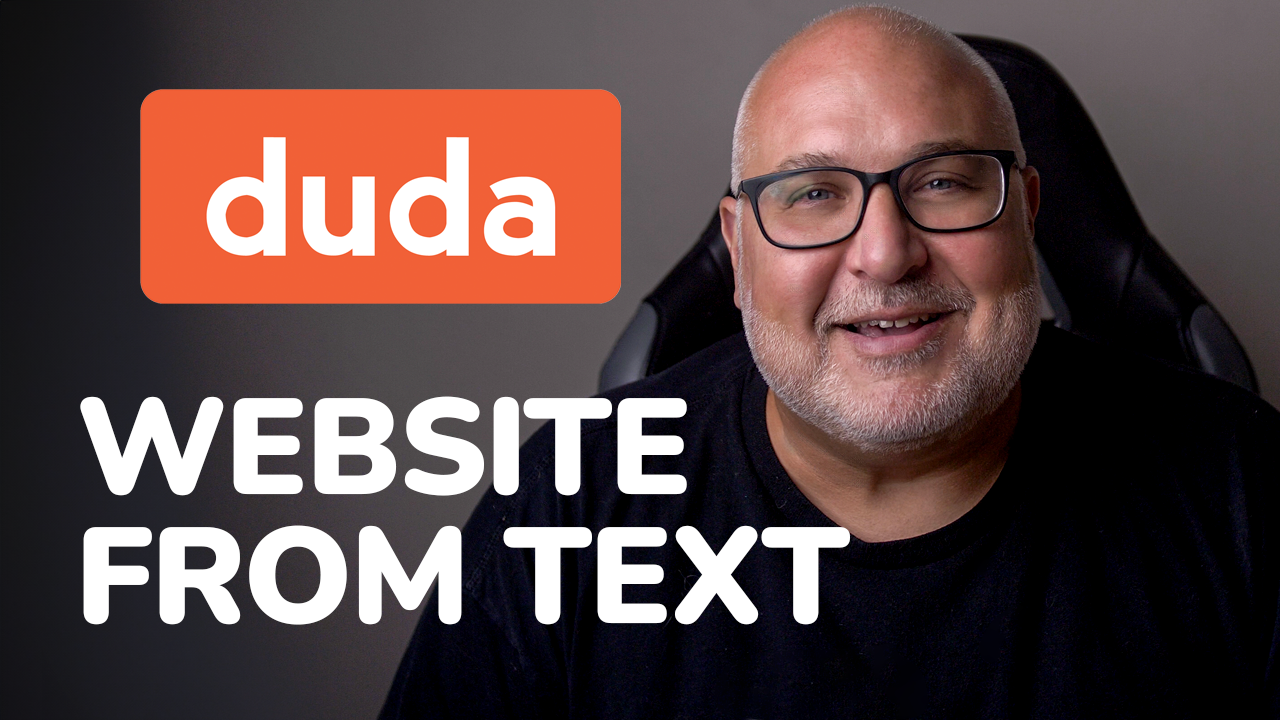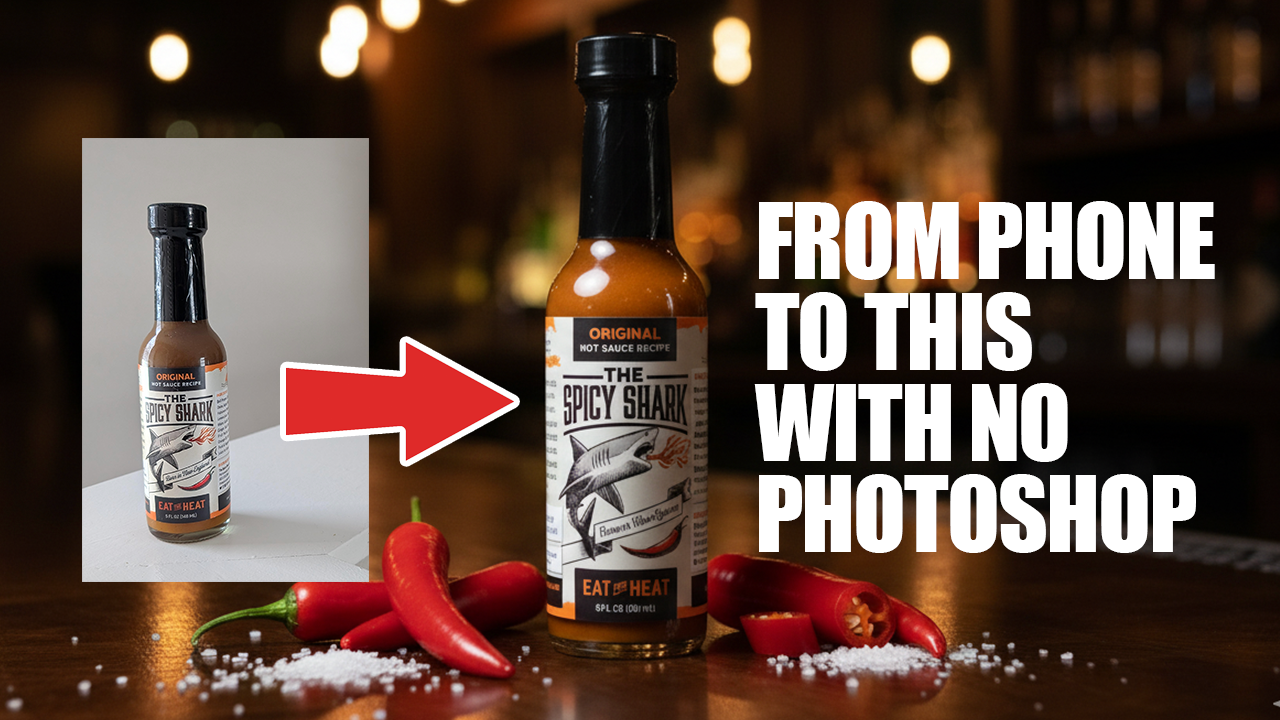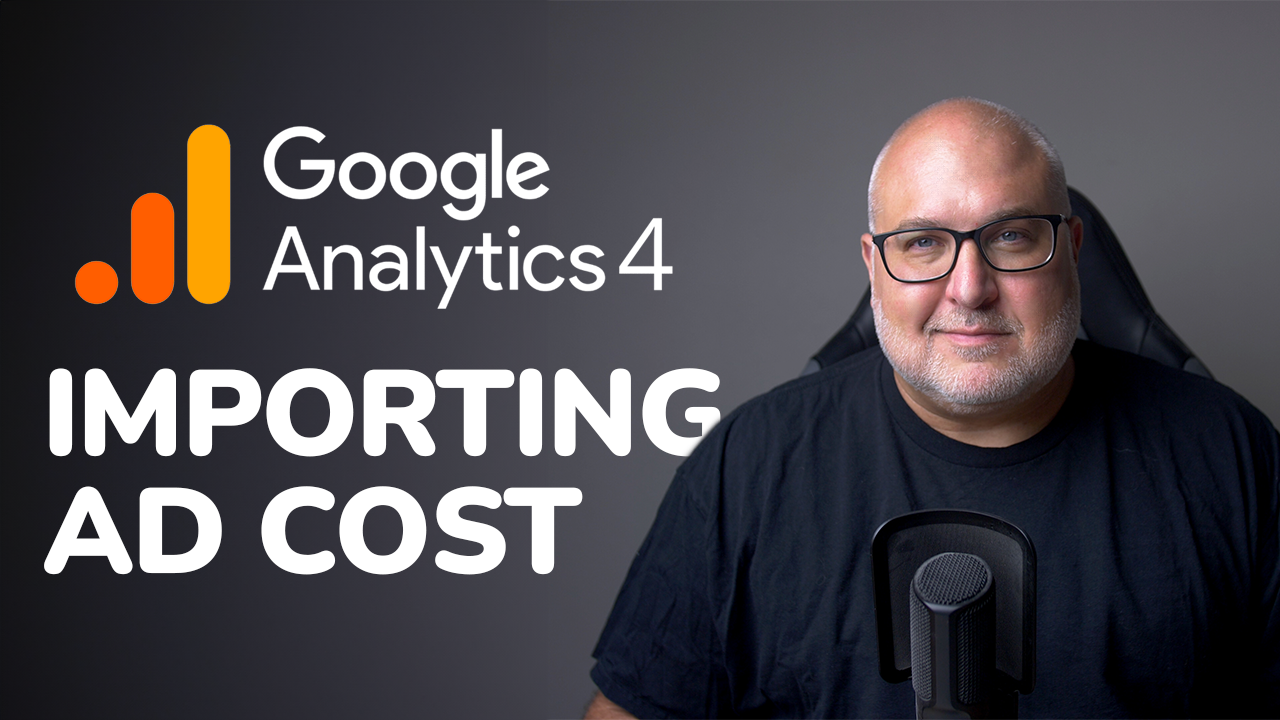Is Your Company Hung Up on Vanity Metrics?
Roy Bielewicz
Make sure your data can help you take actions!
Are your clients or executives hung up on vanity metrics? You know, things like total followers, or website visits; metrics with no context and no clear business impact. We take a look at common vanity metrics, and why you should be focusing instead on actionable data that will help you to drive better business results.
Check Out Our Podcast!
Transcription:
[00:00:00] Hey guys, Roy here from Apotheca Marketing. Today we're going to talk about a pet peeve of mine that I always run into with reporting, especially for companies where the executives want to kind of brag. We're going to talk about vanity metrics and why you shouldn't fall prey to them and what they are, and how to kind of educate people not to be looking at them. We'll talk about it right now.
[00:00:25] What is a vanity metric? Well, a vanity metric is something that looks good on the surface and you know what I'm talking about? It's executive reports. They get these reports that are very high-level talks about things like followers, like how many Facebook followers do we have?
[00:00:42] How many followers do we have on Instagram or TikTok? It doesn't have a lot of meat. It's just a big number that shows like, hey, we can brag about the fact that we have 10,000 more followers than one of our competitors and there's a number of metrics like that. Metrics that on the surface seem important.
[00:01:03] They look good. They can show growth. You can walk into a board meeting and say, hey, our traffic has grown 50% this month but it's not really telling you anything about your business. It's just showing traffic growth or it's showing followers. One of the things we like to say is that, is the metric that you're tracking actionable or does it just look good. If it's not actionable, it's only interesting. It's interesting that your traffic grew by 50% this year. It doesn't say anything about what you're doing with your marketing programs. It doesn't say anything about your profitability. How many leads are you getting? How many sales are you getting?
[00:01:48] Is that traffic translating into real business metrics? Some of these, like I said, followers, social media followers. Yes, it's great to have more followers on social media. Of course, you want to grow your social media programs, but why do you want to grow them? You want them to eventually turn into business.
[00:02:09] You want those followers to engage with your posts, with your company, with your brand, and know more about your brand. That way when they're looking to buy something, they remember you, or they click through on one of your product links, or they click through on one of your articles or whatever it is you're featuring.
[00:02:26] The goal though, is not just to have those followers, it's to have them do something that's important to your business. For instance, if you have a very entertaining TikTok account and you get a ton of viral followers, does it actually translate into business? Because otherwise, it's just kind of fun.
[00:02:46] It's a way to get your brand out there, but if it's not translating into business, it really doesn't mean anything for you. The same thing with traffic. One of the things we see from executives all the time is like, how many people are we getting to the site? What's our traffic? How many visitors are we getting?
[00:03:02] Again, that's important because the more people you get coming to your site, the more likelihood there is that they will purchase. The problem is that, that traffic isn't necessarily traffic that you want. Is it your customer or did they see a link or a social media post that maybe's not indicative of the products or services that you sell, but it's generating a lot of traffic?
[00:03:30] A good example of this, it goes back to my early career where I worked with a B2B publishing company that had a magazine dedicated to people who manufacture intimate apparel, underwear, that type of thing, lingerie; these are the people it's geared towards, the people that actually produce these items.
[00:03:50] They're manufacturing underwear and boxers and that type of stuff. Well, they were bragging in the board meetings. They were bragging to other people in the company how they had exponentially more traffic than anybody else in the company, than any of the other magazines. And this was true. It was like a shockingly higher number than the other publications.
[00:04:16] Well, when we actually started to take a look at the analytics, we took a look at the keywords that were driving this traffic. They were chagrined when they found out what the driver of this traffic was; they were ranking exceptionally high and getting an immense amount of clickthroughs for the keyword teen panties, which obviously is not the audience they were looking for.
[00:04:42] That is not the audience they were wanting to drive. So, you know, they were taken aback by this. Their traffic was not valid traffic, at least for their business. That's not what they were intending to sell or what the audience they were trending to appeal to. Similarly, we've had clients that have, for instance, that have done their own display campaigns and were so happy.
[00:05:07] They're like, look how many clickthroughs we're getting on this display campaign, and it's sending this much traffic to our site. Well, when we take a look, the bounce rate was nearly a hundred percent and there was a huge amount of traffic coming from these display campaigns. But when we dug into it, we discovered that they were those banner ads were appearing on game apps for kids, and so kids were accidentally clicking on these banner ads.
[00:05:36] Obviously, their business was selling multimillion-dollar homes, these children playing whatever game or app is popular at the moment were not their customer. They were spending a ton of money. They were getting a huge amount of traffic for nothing and was not what they wanted. In those situations, traffic doesn't tell you anything.
[00:05:58] Is it the traffic that you want? Is it the audience that you want? Traffic can be important, but you have to look at it from where it's coming from; the segments and other information that will help make it actionable. Are you driving relevant traffic? Are you driving specific traffic to specific pages, and are they then doing something?
[00:06:24] Related to this, another similar metric that we see as a vanity metric all the time is page views. People like to brag, like hey, this month we had 50% more page views or we had a hundred thousand page views. That's great, but again, was it somebody actually looking at your content that meant you wanted to be there or were you just generating a lot of traffic from people that you weren't interested in?
[00:06:52] Or were people having to click around a lot because maybe your site's not particularly easy to find stuff and maybe they're having to click through multiple pages before they find what they're looking for? That they're just clicking and clicking and clicking. It's not necessarily a positive metric in this case because they can't find what they're looking for but you're generating a lot of page views. A similar one to that that we see sometimes is time on site. We'll see executives that are like, look, they have to be interested in our content because they spent 30 minutes on our site. That could be true, it could be that they're reading a blog.
[00:07:31] It could be they're watching some videos or they're doing some product research. Or it could be that you have a lot of people that walk away from your website and aren't actually engaging in it, or they're having a hard time finding stuff. They're spending more time on your site because they can't actually find it or they can't understand how to navigate your site.
[00:07:52] It's understanding the context of those metrics and the timeframe and the audience that's going to add value. Another metric we see that's a vanity metric a lot of times is ad impressions or even social media impressions. So X number of people have seen our ads. This is particularly the case with display advertising and banner ads; where you will focus on or executives will focus on the fact that x number of people saw this ad.
[00:08:25] All right? Maybe over the course of a month, they had 500,000 people, and 500,000 impressions on that ad. They're assuming 500,000 people saw their ad. Well, as you know, that's probably not the case because just because a banner ad has an impression, just because it loads on a page doesn't mean one, that the user actually saw it. It means that it was on that page, that it could have been at the bottom of the page. It could have been off to the side. It doesn't mean that they looked at it, and it definitely doesn't mean that they engaged with it. Obviously, if you're running an ad, you want them to engage with it.
[00:09:02] You would want them to have enough interest to actually click through on it to visit your site and to learn more information or to buy. So just that impression, doesn't mean a lot in isolation. Sure. Can it mean that people are seeing your brand, that they're seeing the brand more often and potentially engaging with it later?
[00:09:21] Yeah, it can but again, by itself, just as a metric that you're summing up how many impressions you got during a month, it doesn't really mean a lot for your business. SEO rankings are another area where people like to be able to brag about that they're first for a certain number of keywords.
[00:09:39] A lot of agencies will actually do this too. They'll actually say like, hey, we got you to first for 30 keywords that you weren't before. Well, again, that sounds good. Rank, we all know that good rankings are going to lead to more clicks, and the more clicks you have, the better but in isolation, again, those rankings don't really mean anything.
[00:10:01] Just because you're ranking for 50 or a hundred more keywords that you weren't before, are they the right keywords for your business? Are you just ranking for something that isn't really targeted towards your audience or towards your products? Are people actually clicking on those ads? The ranking in and of itself, yeah, that's nice. Is anybody clicking on it? And once they click on it, what are they doing on your site? Are they bouncing? Are they engaging with your content? Are they purchasing? That is the metric that you want to look at; is how many people are engaging with content on your site. How many are doing what you want them to do on the site? Whether it's a lead generation, whether it's a download, or whether it's a sale of an item.
[00:10:52] That rank means nothing in isolation without looking at those other pieces of information and data. Another one that isn't necessarily a vanity metric as much as it could be potentially misleading, and it's something that agencies report on in a lot, and it's ROAS; it's return on ad spend. Essentially what you're looking at is how much money did you spend versus how much revenue did you generate.
[00:11:19] If you make a two ROAS, you're making twice as much money as you spent, right? But is that truly good or profitable? An agency will oftentimes, especially with paid search, will come back and say, hey, your ROAS on this program was a two. That sounds good, but it's not profit. ROAS is just a return on ad spend.
[00:11:47] It means that you didn't spend more than you made in gross revenue and why that's important is because it's not taking into consideration cost of goods sold. It's not taking into consideration any other expenses that you may have incurred, and it's not taking into consideration the cost of actually using that ad agency.
[00:12:10] I had this argument discussion early in my career with a paid search agency that was doing work for us and they were super proud of the ROAS that they were generating for our paid search program. Well, the problem was that we were selling automotive parts, and automotive parts, especially in certain categories, have very low profitability.
[00:12:31] The margin is just not there. So we needed to have a ROAS that was significantly higher than what they were generating and even just product profitability considered if you added in their agency fees on top of it, we were losing money. While there is a value to acquiring a customer, there's an inherent value to that.
[00:12:56] You may lose money on that first purchase with a customer, but make more money with them later and that's their lifetime value. But from a pure profitability standpoint, like if you don't have a lot of returning customers, then that ROAS becomes kind of misleading. If somebody's trumpeting, you know, the ROAS that they have and saying, hey, this is, you know, it looks great.
[00:13:21] But you gotta keep in mind that it's not a return on investment. It's not profit. It's not indicative of how much money you're actually making. It just means that you're not losing money out of the gate. Okay? Like we said, you're not really wanting to track vanity metrics. I mean, those sound great, they're great to show off, but they're not really helping your business. So what do you want to do? You want to look at actionable metrics. You want to look at stuff that's going to help improve your profitability. Stuff that's going to help you target your audience. Are these metrics that you're looking at related to generating sales or leads or whatever your goal is?
[00:14:06] Is it information that is going to tell you more about how valuable your customers are or what they're looking for? All of these things are stuff that you're going to want to look at, not out of context, not just as a sum number, total something or other, but something that gives you more information.
[00:14:27] This isn't always an easy conversation to have with your executives and I don't think the executive dashboard is going to be going away anytime soon but it is an important conversation to start having. It's about the importance of metrics and how you track things in your organization and how it's digested.
[00:14:44] It always helps if, when you're providing some of this information, is to provide it in context. To say, yes we had an increase in traffic but here's our analysis of that. And that's where as a marketer or as somebody who's looking at marketing programs, that analysis is what is important. They may still want to look at that total number, but if you can provide some context for it, if you can provide more information about how it's useful to the company, then you're providing a lot more value in the long run.
[00:15:12] Give us a, like, if you found this helpful, and obviously join us and subscribe if you want to keep seeing more of this kind of information. And we'll talk to you soon. Thanks.
Contact Us





